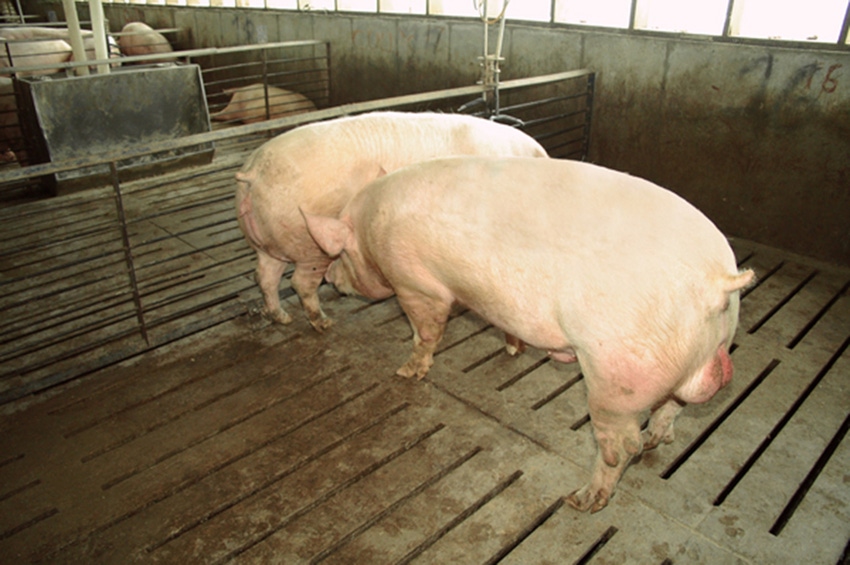Weaning-to-estrus profiles and breeding with ‘young semen’
Even when semen delivery schedules can’t be changed, prioritization of which sows should be bred with the youngest semen available should help and certainly not harm farrowing rate and number born alive.
November 27, 2017

By W.L. Flowers, North Carolina State University
It is often stated that “semen begins to die once it is collected and extenders only slow down this process.” This is true.
During ejaculation compounds from the secondary sex glands are mixed with sperm and prepare them for their passage through the sow’s reproductive tract and their subsequent fertilization of ova which is what happens during a natural mating. When this process is interrupted, as is the case with artificial insemination, then the role of the extender is to retard these changes.
However, no extender can stop them completely, so sperm are still dying, but at a reduced rate. This is the rationale behind trying to use A.I. doses as quickly as possible after collection. Even when semen delivery schedules can’t be changed, prioritization of which sows should be bred with the youngest semen available should help and certainly not harm farrowing rate and number born alive.
The normal return pattern for a commercial sow farm with a Thursday weaning is shown in Figure 1. The solid bars represent the first day of detected estrus and the first mating while the open bars represent the second day of estrus and the second mating. The normal semen delivery schedule for this farm was Monday and Thursday mornings. Insemination doses arrived early enough on those days such that they could be used to breed sows. As a result on Mondays and Thursdays, insemination doses available for breeding were either just collected, 3-days-old (Thursday), or 4-days-old (Monday).

Figure 1: Typical daily breeding demands for a commercial sow farm with weaning occurring on Thursday. Solid bars represent first day of estrus/inseminations and open bars represent second day of estrus/inseminations.
Breeding technicians followed the “first-in, first-out” rule. In other words, the oldest semen was used first followed by the youngest semen on both of these days. In an attempt to decrease semen age at insemination, every other week, the farm switched to a “last-in, first-out” strategy for the Thursday matings with the caveat that all the sows scheduled for their second mating should be bred with the fresh semen if possible. Thursday was selected instead of Monday in order to simplify the study and due to the increased number of total matings — almost twice as many.
Conception rates, farrowing rates and numbers of pigs born alive for both strategies are shown in Table 1 (n = approximately 1,000 sows per strategy). Each of these tended to be higher (p = 0.09; p = 0.08; and p = 0.10, respectively) for the “last-in, first-out strategy” compared with the standard “first-in, first-out” approach. It is important to recognize that because of the normal weaning-to-estrus pattern on this farm there were a significant number of inseminations on Thursdays — about 28% of their weekly total of which almost 18% where second inseminations. Consequently, these sows, on average, were bred with semen that was approximately two days younger compared with their counterparts in the conventional “last-in, first-out” treatment and were the subset of animals responsible for the observed tendency for improved fertility.

Table 1: Reproductive performance of sows bred with “young” versus “old” insemination doses.
While it is physiologically reasonable to speculate that any reduction in semen age at insemination should increase reproductive performance, the magnitude of any observed change is likely to differ among farms based on variations in estrous activity of weaned sows and semen delivery schedules.
You May Also Like



